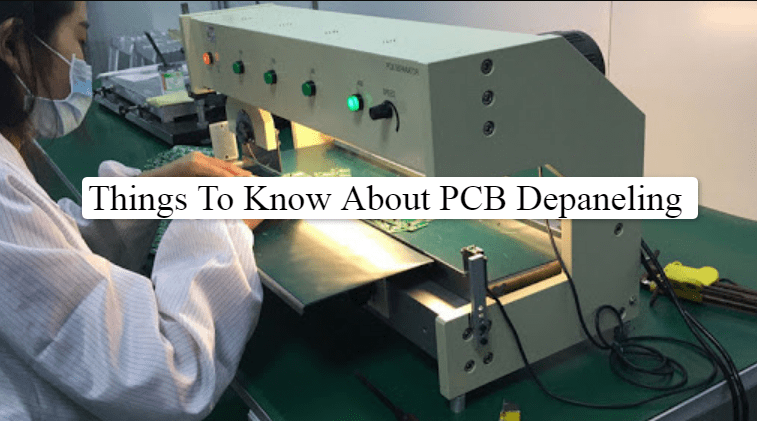
Basic Things You Should Know About PCB Depaneling
What is PCB Depaneling?
Also known as singulation, printed circuit board, or PCB depaneling is used to remove small and individual PCBs from a large set of PCB depaneling machine contains multiple boards at once place during the manufacturing process. The particular process was developed to increase the throughput of the PCB lines as the size of the circuit boards were reduced over time. The depaneling process has several advantages when it comes to speed, accuracy, not maintenance and tooling cost, no induced stress, and cutting oil or wastage.
Demand Driven by Size
As technology is continuously evolving, the gadgets that you will find today have become much more advanced, and their size is also reducing and becoming more compact. This reduction in the size calls for the use of smaller PCBs, and as there is no standard size for these items, so the boards are specifically designed for each item. Thus, the entire process of depaneling the boards is completely unique for multi-image and separate boards. Production of these two involves stress, precision, cleanliness in order to avoid defects in the board.
List of Depaneling Methods
The printed circuit boards are usually manufactured in large panels and can contain several boards all at one time. However, it is also possible to produce a single board depending upon the requirement. When it comes to depaneling, it can be either manual, automatic, or even semi-automatic. There is a wide variety of methods available in the electronics industry, and you can use them depending on the production of the components. Here are some of the methods that you must know about:
Punching/Die Cutting:
In this method, singular PCBs are punched out of the panel with the help of a special fixture. This fixture has sharp blades on one side and has support on the other side. For every board, a different die is used and is replaced to maintain its sharpness. The production cost of this process is quite high, and customizing the fixtures requires a recurring cost.
V-Scoring:
In this process, the boards are scored along the cit line, and the overall thickness of the board is reduced. Moreover, PCBs are broken out of the panel, and both sides of the panel occupy 30% of the entire thickness of the board. When the boards get populated, they can be broken out of the panel. It puts a strain on the boards, which cause damage to the components or even cause cracks in the joints, especially near the ones that are close to the edge of the board.
Pizza Cutter/Wheel Cutting:
This particular method is used for breaking down the web once V-scoring is used to cut the remaining web. Accuracy is extremely important in this method as the V-score and cutter wheels need to be aligned carefully. Moreover, the board experiences a slight degree of stress, which can eventually affect some of its components.
Laser Depaneling
This laser PCB depaneling is used on boards that need high tolerance. This technique is performed without any physical contact and is done entirely with the help of computer-controlled processes. This particular method is used for installation on surface mount technology lines and can be installed using the surface mount technology lines or even using loaders and unloaders for standalone operations.
Routing:
Most of the PCB depaneling equipment are routed in a manner that they leave the circuits connected with the panel frame with the help of narrow tabs which are broken to singulate the circuits. Routing takes up a lot of panel area due to the kerf width of the physical bit.
Laser Routing:
Laser routing is done using computer-controlled processes without the use of blades or mechanical dies. It is used for cutting curves and sharp corners. Moreover, in this method, the cut kerf width is less than 20 microns, which gives it high accuracy. This method is performed using the following:
High-power CO2 laser
The CO2 laser can be cut using FR4, glass fibers, or even other circuit substances at a much higher speed with a noticeable heat effect on the edge of the cut for the substrates.
Solid-state UV laser
The UV laser has a smaller size and dissipates less heat. It also has a narrow kerf width. Due to the low power levels, the cutting speed of the laser is slower than the CO2 laser, and the price/watt is much higher as well.
UV laser is ideal for the companies that want to discard char and fine debris and need to clean the circuits after singulation as its speed is higher than that of the CO2 laser.
Choosing the depaneling methods entirely depends on the production requirements, and it is advised to seek professional help in order to ensure that the products generated have the right kind of specifications.

